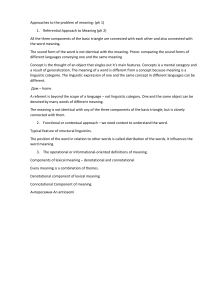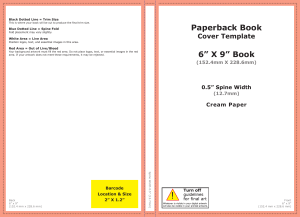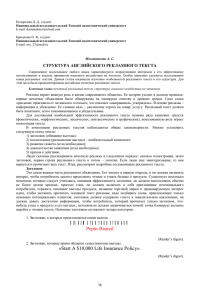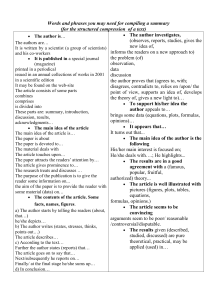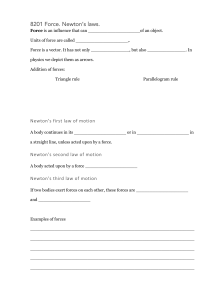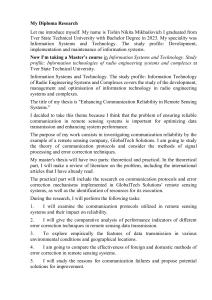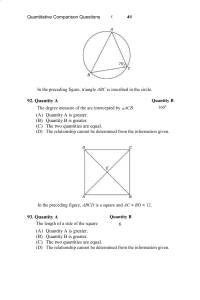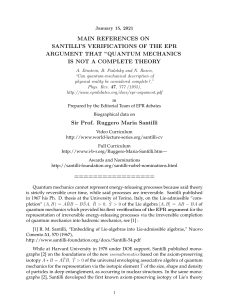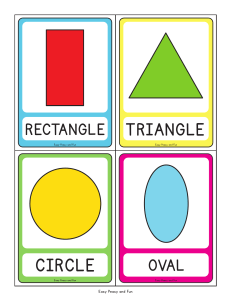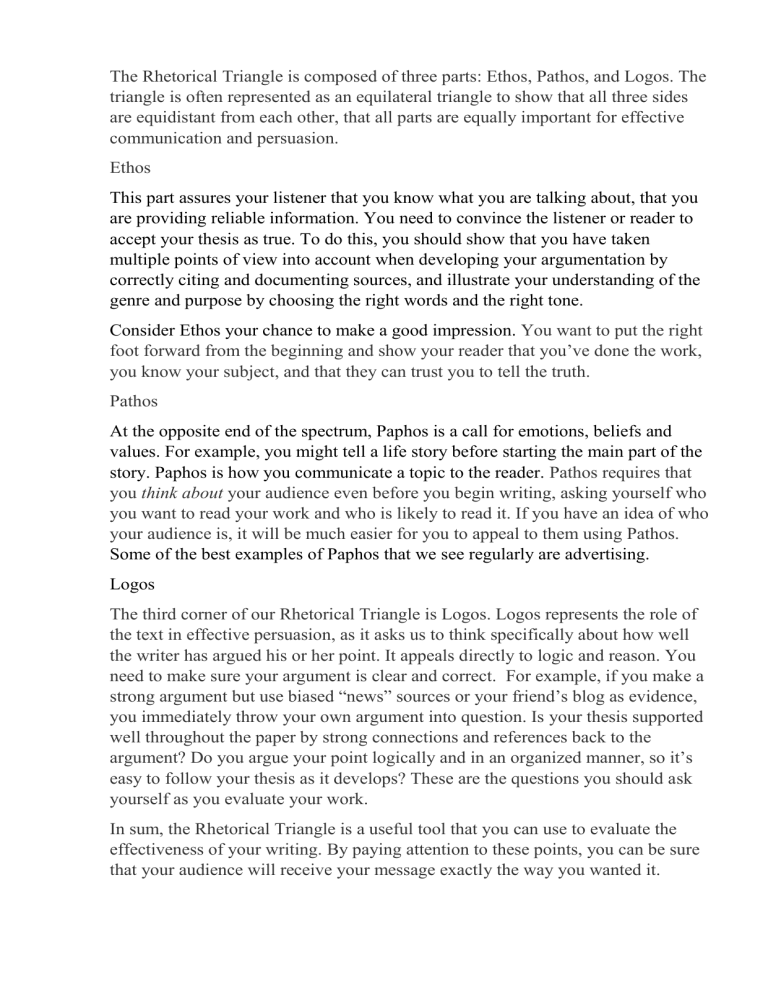
The Rhetorical Triangle is composed of three parts: Ethos, Pathos, and Logos. The triangle is often represented as an equilateral triangle to show that all three sides are equidistant from each other, that all parts are equally important for effective communication and persuasion. Ethos This part assures your listener that you know what you are talking about, that you are providing reliable information. You need to convince the listener or reader to accept your thesis as true. To do this, you should show that you have taken multiple points of view into account when developing your argumentation by correctly citing and documenting sources, and illustrate your understanding of the genre and purpose by choosing the right words and the right tone. Consider Ethos your chance to make a good impression. You want to put the right foot forward from the beginning and show your reader that you’ve done the work, you know your subject, and that they can trust you to tell the truth. Pathos At the opposite end of the spectrum, Paphos is a call for emotions, beliefs and values. For example, you might tell a life story before starting the main part of the story. Paphos is how you communicate a topic to the reader. Pathos requires that you think about your audience even before you begin writing, asking yourself who you want to read your work and who is likely to read it. If you have an idea of who your audience is, it will be much easier for you to appeal to them using Pathos. Some of the best examples of Paphos that we see regularly are advertising. Logos The third corner of our Rhetorical Triangle is Logos. Logos represents the role of the text in effective persuasion, as it asks us to think specifically about how well the writer has argued his or her point. It appeals directly to logic and reason. You need to make sure your argument is clear and correct. For example, if you make a strong argument but use biased “news” sources or your friend’s blog as evidence, you immediately throw your own argument into question. Is your thesis supported well throughout the paper by strong connections and references back to the argument? Do you argue your point logically and in an organized manner, so it’s easy to follow your thesis as it develops? These are the questions you should ask yourself as you evaluate your work. In sum, the Rhetorical Triangle is a useful tool that you can use to evaluate the effectiveness of your writing. By paying attention to these points, you can be sure that your audience will receive your message exactly the way you wanted it.
